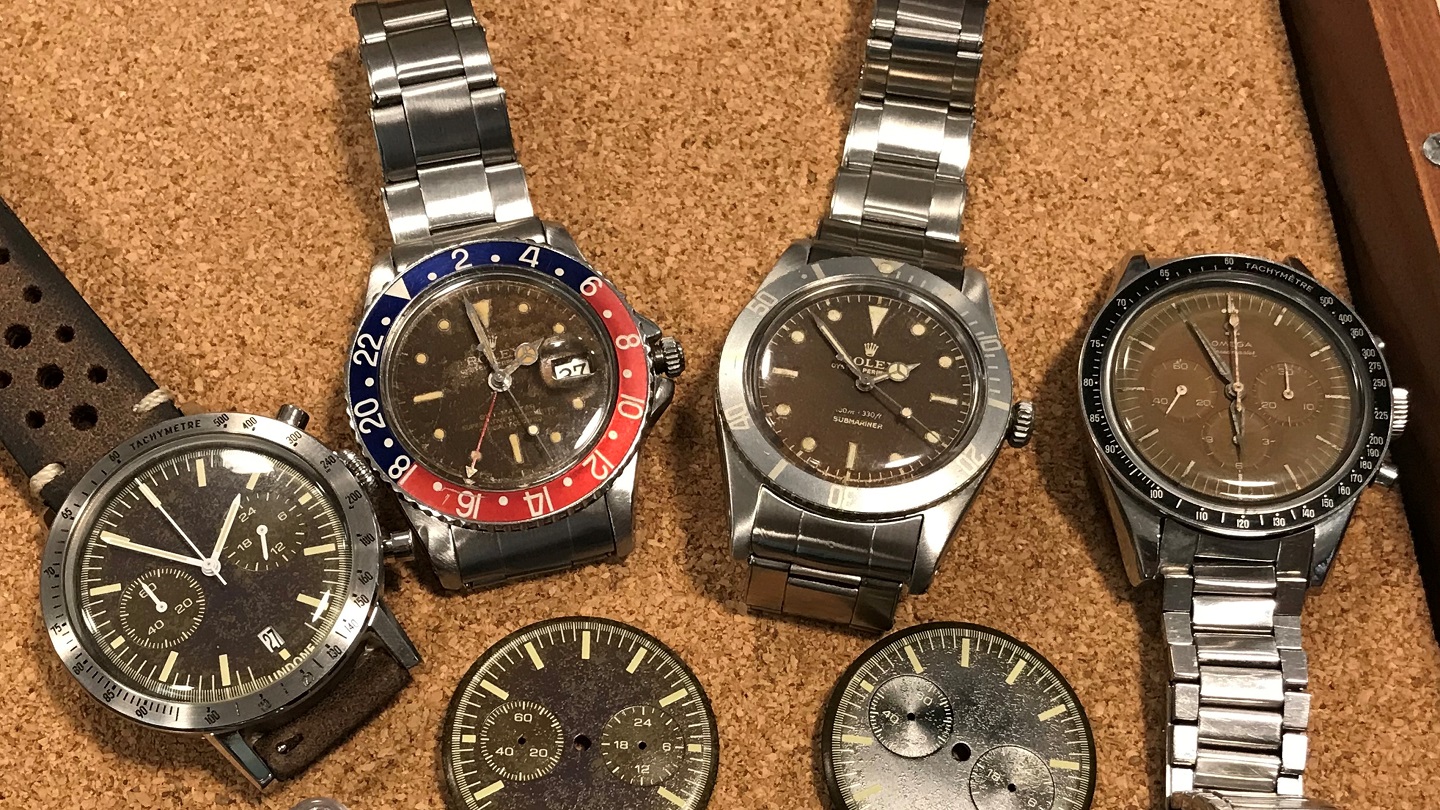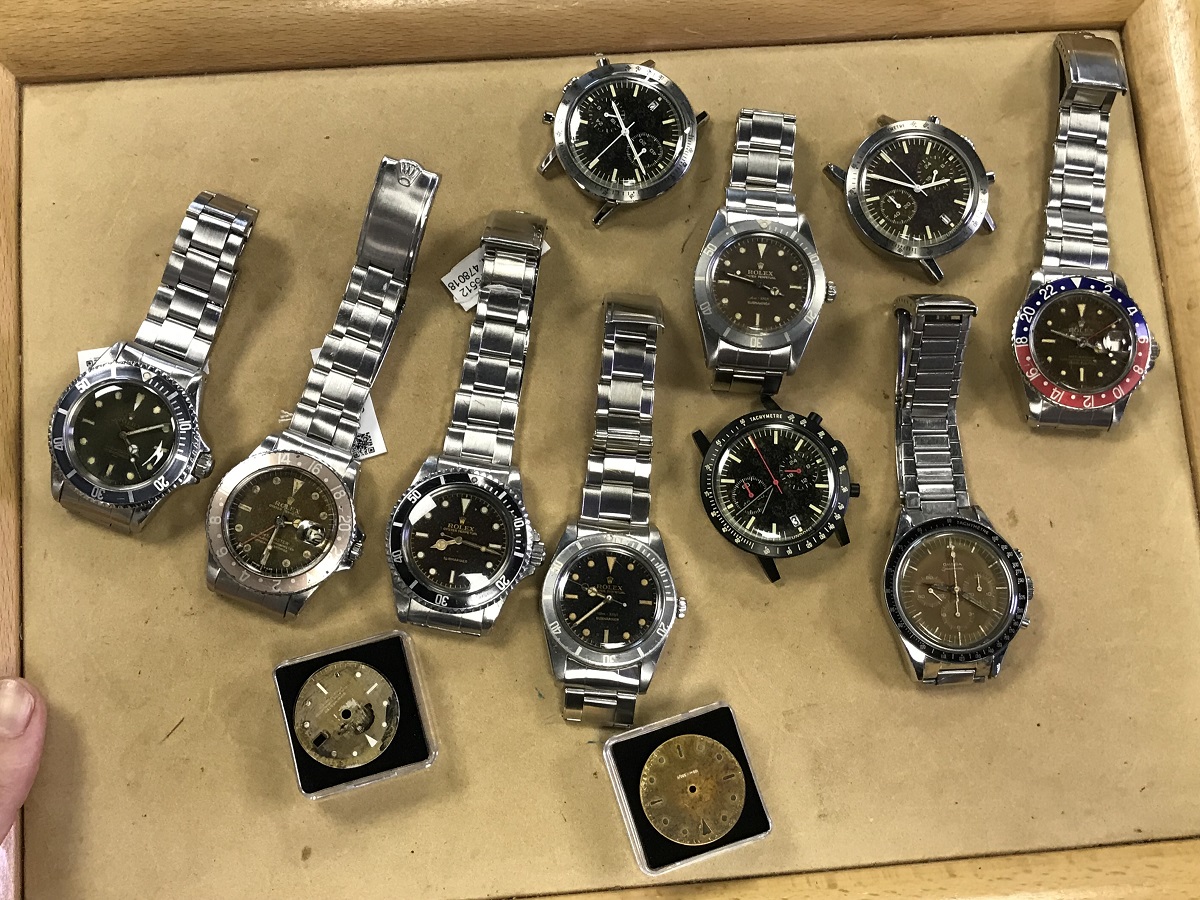My name is Michael Young and as the founder of Classic Watch Repair and co-founder of UNDONE watches, I’d like to talk about a particular style of collectible vintage watches many people know about, but that few people really understand. I’m talking about “tropical dial” watches and in addition to having collected and worked on them for years, I’ve developed a product for UNDONE that will bring the beauty and aesthetic of these products at a much more affordable price. For now, let’s focus on the story behind UV light-discolored vintage sport watches that many people enjoy so much.
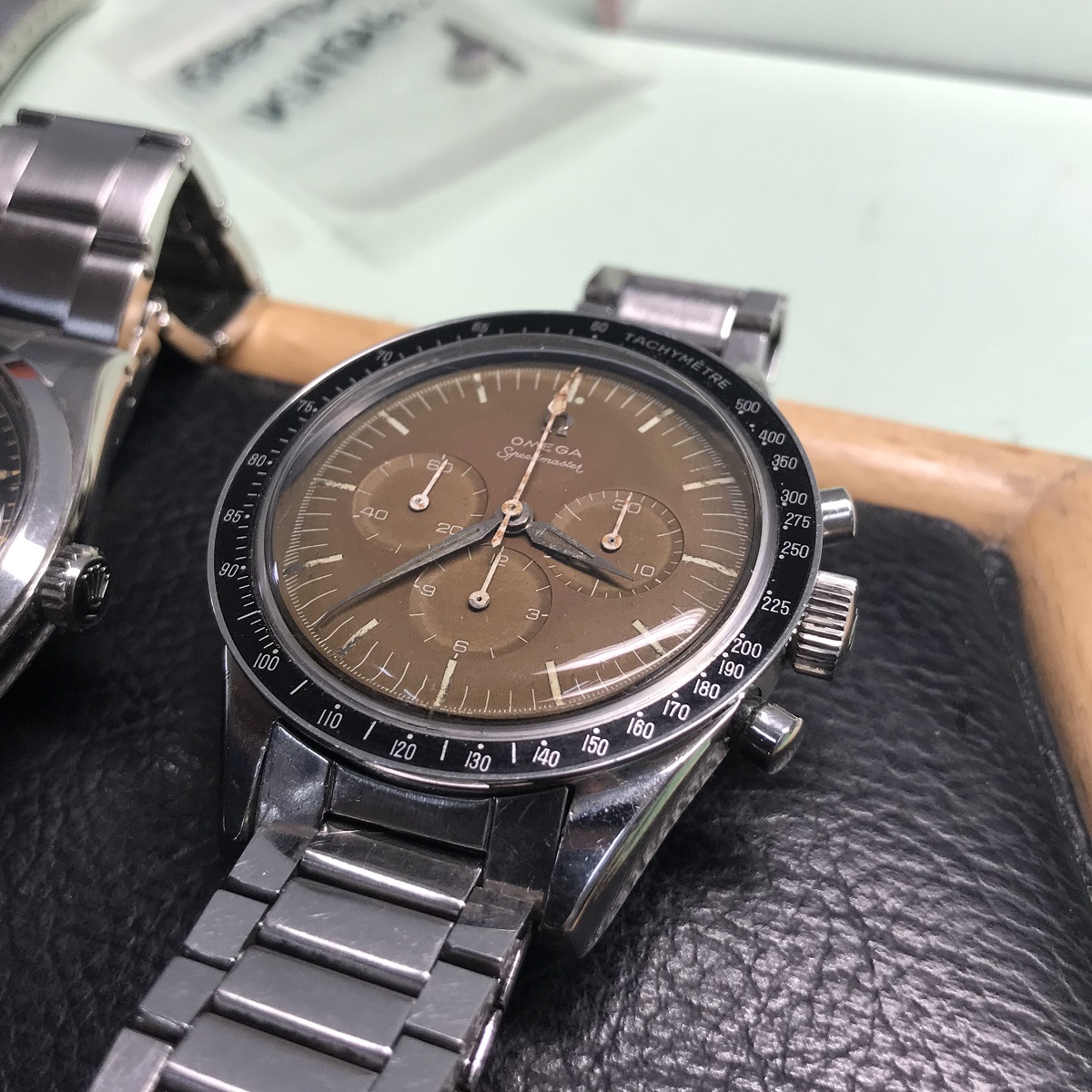
“Tropical Dials” are discolored faces found on certain vintage sport watches that are today highly valued by collectors. I myself started to become aware of and then interested in tropical dial watches when I started to collect vintage Rolex and Omega timepieces in the 1990s. At the time the term “tropical dial” did not exist and they were not particularly desirable. In fact, I remember a time prior to today’s tropical dial watch popularity when people would swap out newer looking dials for those which turned brown due to long exposure in the sun. At the time only the “newest condition” vintage watches were desired by collectors.
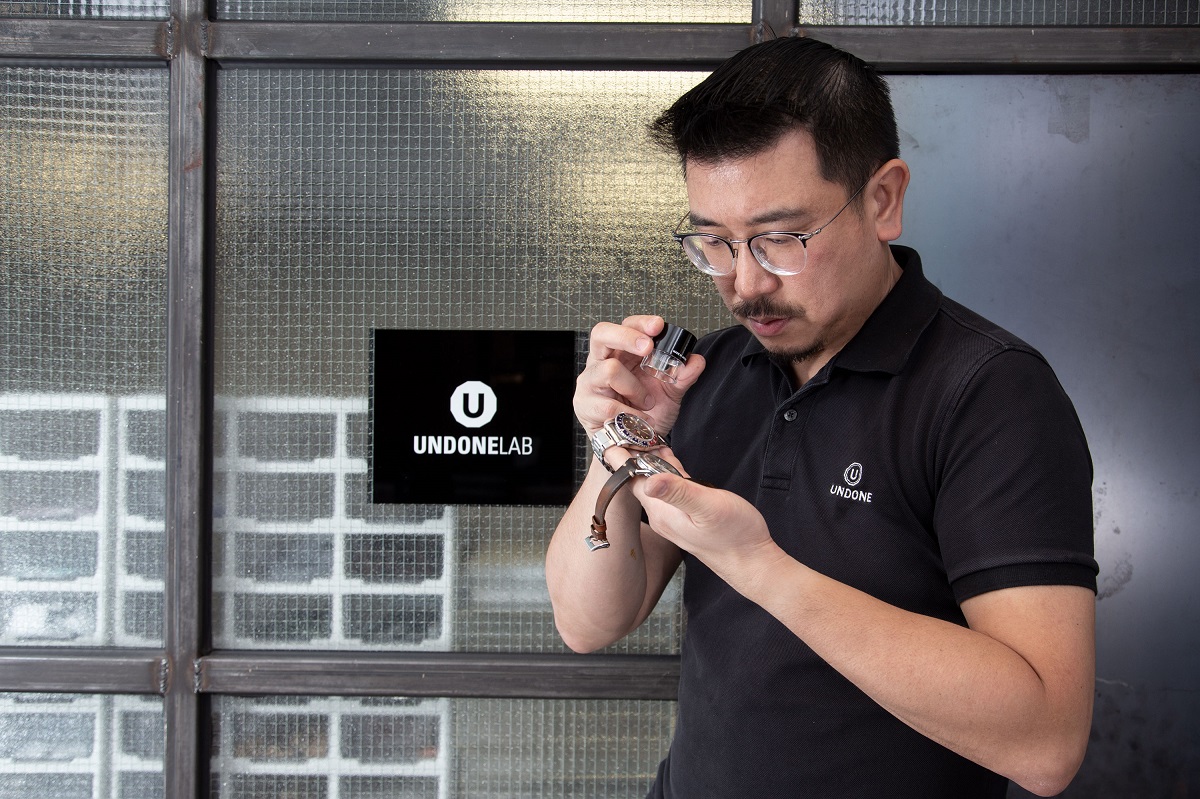
It was not until about 10 years ago that I recall starting to hear the “tropical dial” term being used to describe this phenomenon of UV-cooked watch faces. Some of the more marketing-minded watch restorers and sales people out there came up with the term to romanticize what is indeed a beautiful aesthetic. During my research and experience I’ve come to the conclusion that roughly 10% of watches made in the past that could have become “tropical” actually did so. The process to achieve a true tropical dial look requires UV (sun) exposure. Efforts to artificially discolor watch dials in this manner tend to fail (I know because I’ve tried it myself). The tropics were used to refer to dials which have been discolored by the sun, presumably because the tropics are places where a lot of sunlight exposure occurs. On top of that is the fact that some of the most valuable tropical dials are on military watches – discolored while being worn on the wrists of active service members stationed in particularly sunny parts of the world.
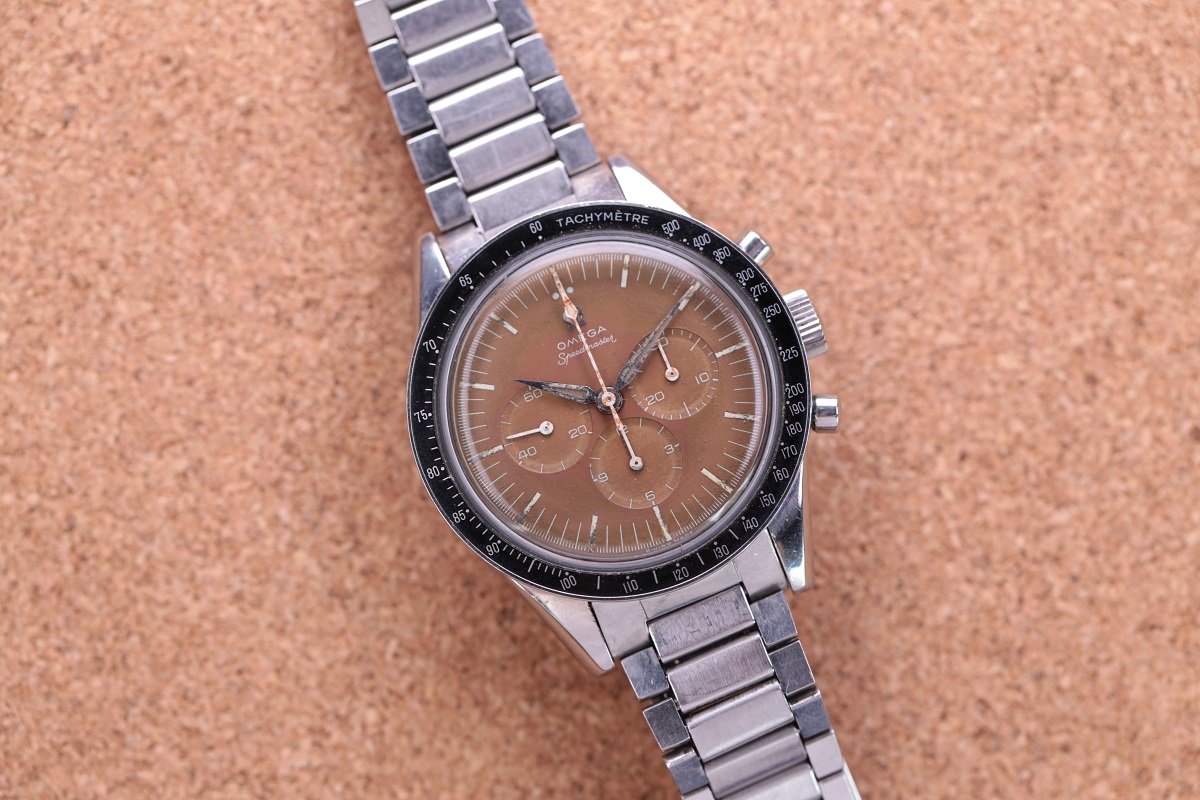
One of the most important reasons why “true” tropical dial watches are rare is because not all watch dials can become discolored. Most of today’s better watches use paint and coloring processes that are specifically designed not to discolor even after long exposure to UV rays. Even those vintage watches which can discolor were not supposed to. A small handful of dial suppliers in Switzerland used paint which had a chemical manufacturing defect that was not as UV-resistant as was assumed. The irony was that discovering the defect took a number of years because the dials would not discolor after brief exposure to sunlight, but only after years of it.
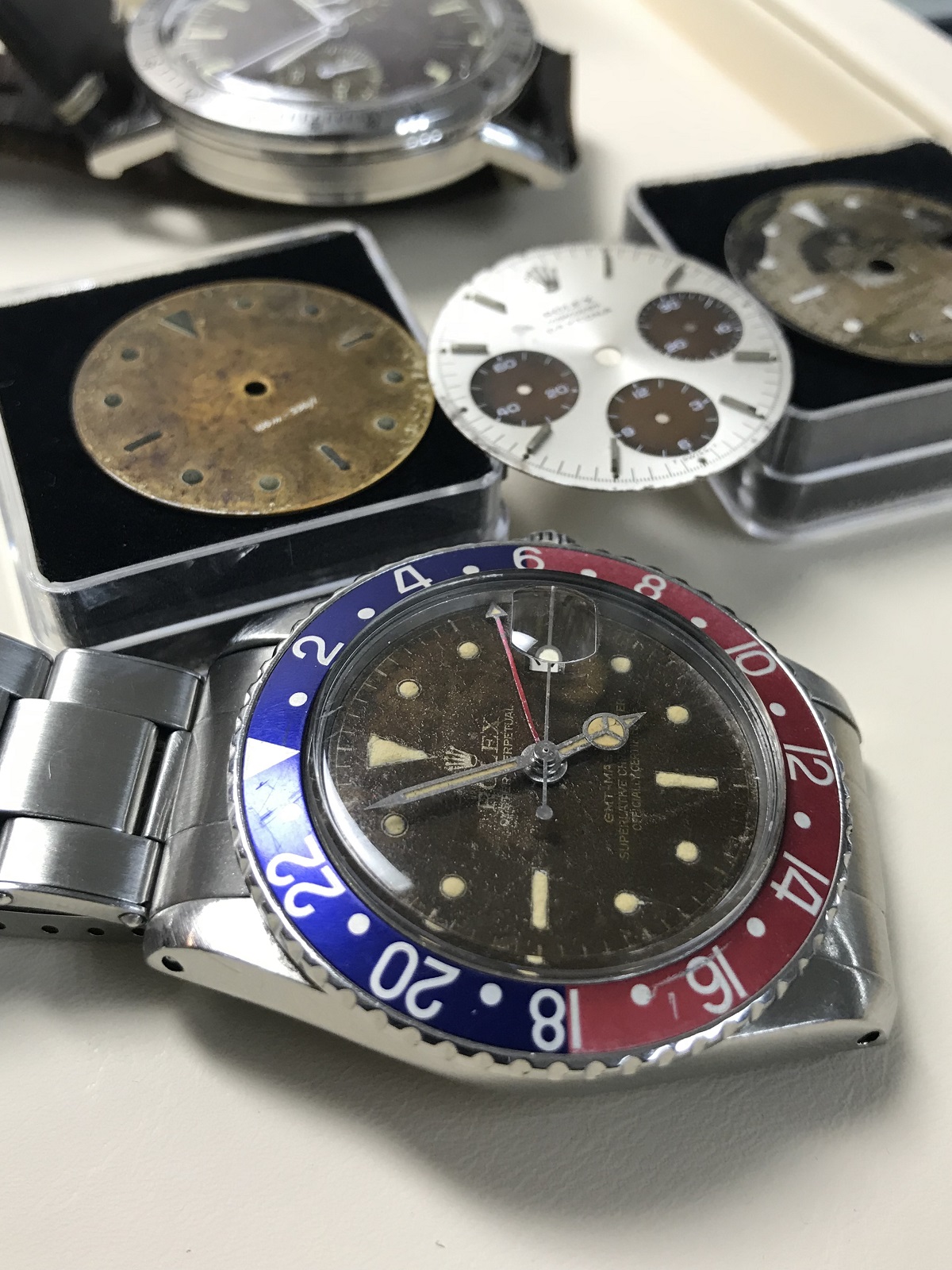
While there are some other brands which have dials purchased from the affected suppliers, most of the tropical dial watches people get excited about are on Rolex and Omega watches. These models were produced from roughly the 1950s through the 1970s. As I mentioned above, most traditional collectors of these vintage sport watches sought out only the very best condition models leading to a hunt for “new old stock condition” timepieces. Watches with excessive cosmetic wear were seen as having much less value. That rule continues today with the exception of certain forms of “browning” (tropical dials) which is considered fashionable and thus attractively in-demand.
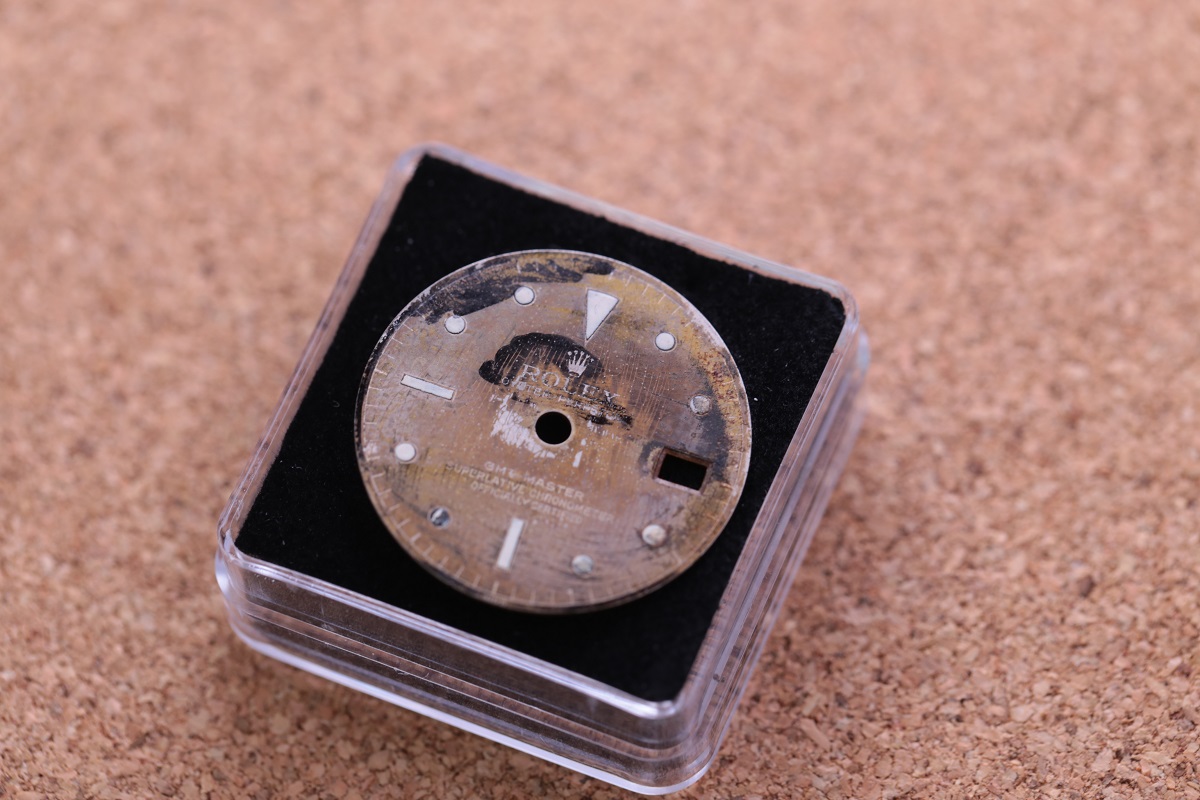
Not all UV-exposure renders a watch dial attractive. Overexposure bleaches out an originally black dial resulting in a light brown color which is not particularly attractive to most collectors. The sweet spot features watch dials which have discolored to form a warm chocolate color. The “ideal” example to some collectors are tropical dials with consistent brown-colored dials. Other tropical dials have a more organic patina, which I happen to prefer. No matter what type of tropical dial you prefer, the best ones are both rare and at this point very valuable. Allow me to offer an example. A vintage Rolex 5513 Submariner often has a value of about $20,000. That same watch with an attractive tropical dial would easily fetch a price of $30,000.
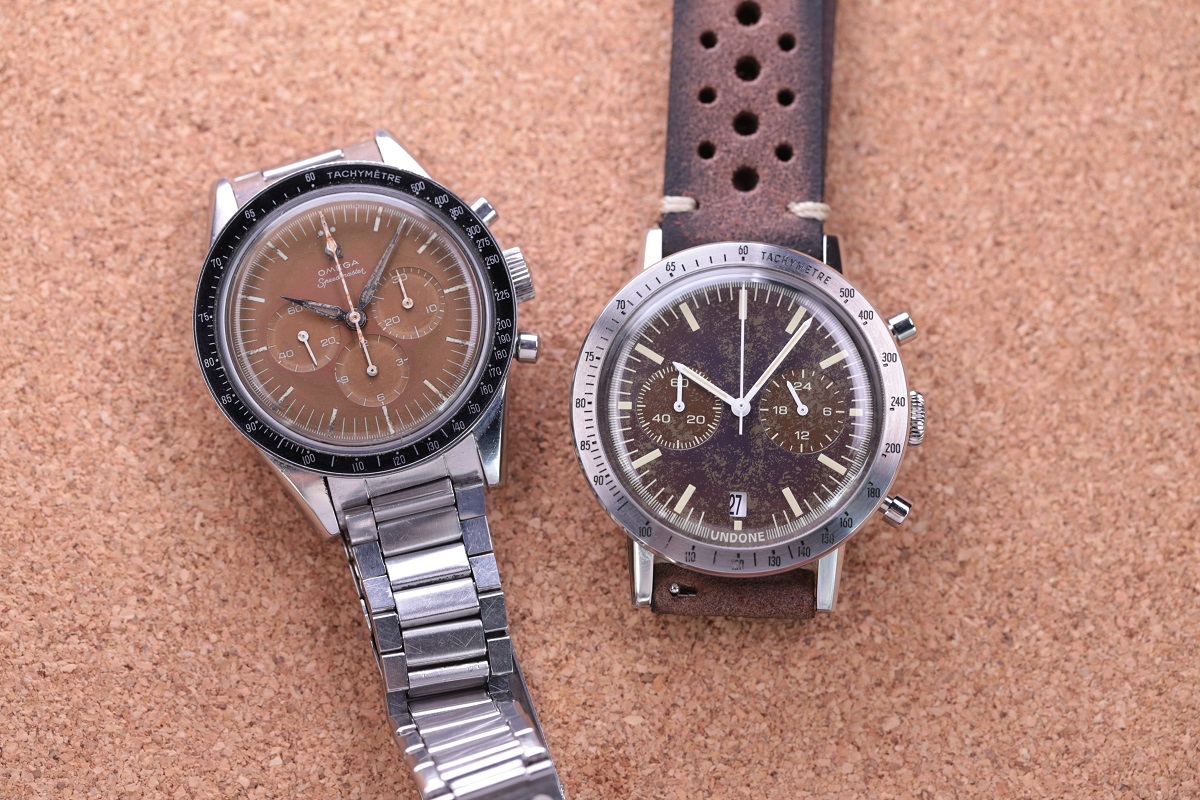
Contrary to the “tropical dial” name that is often used, these discolored watch dials we are talking about can occur anywhere on the world where the dial will have been exposed to sunlight. There is a myth that sometimes goes around where in Switzerland the dial suppliers took so long to learn about the dial paint defect because their timepieces weren’t exposed to sun long enough for any of them to find out. While there might be some truth to that story, the reality is that because the dials required years to fully discolor, it wasn’t immediately apparent that there was a problem. The positive outcome is yet another type of vintage watch collectors can get excited about.
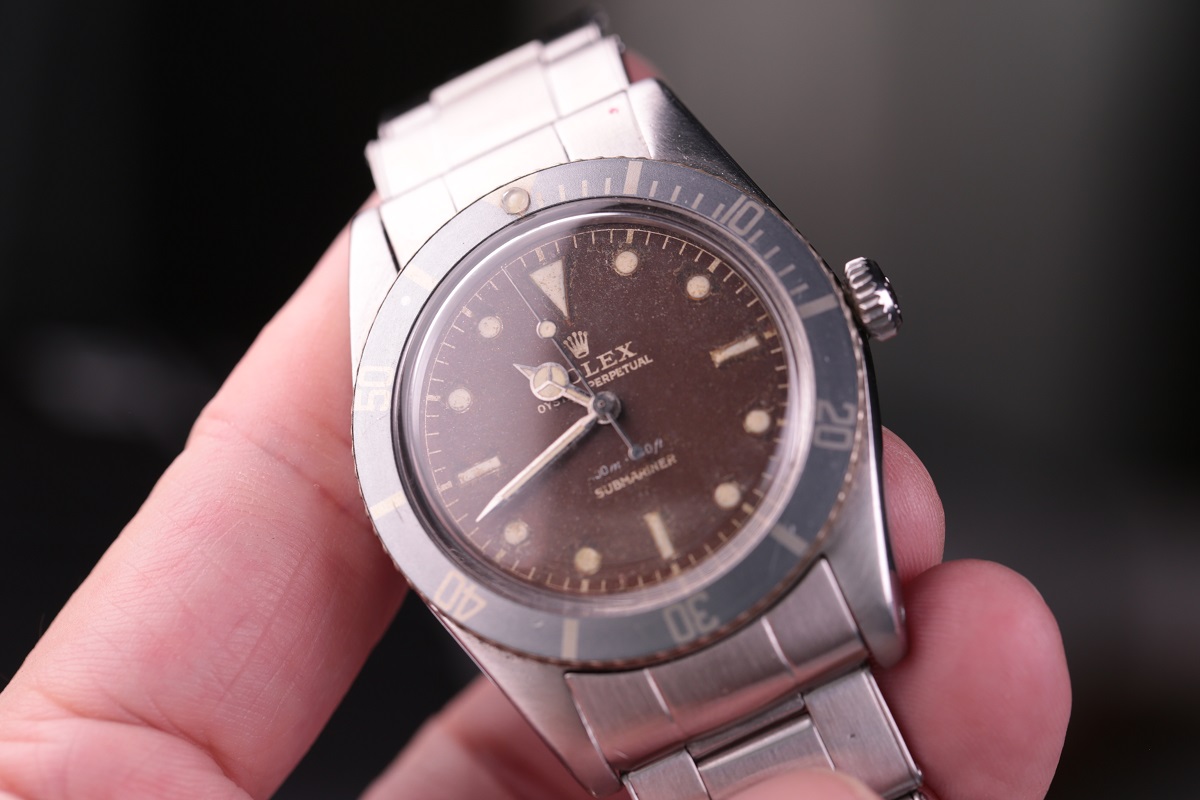
In addition to being nice to look at, collectors also appreciate the unique nature of tropical dials because no two dials age in exactly the same way. I’ve thought a lot about why we find interest in these discolored dials and I think it is because we see a form of perfect imperfection. Watches are tools and are valued for their utility – at least traditionally. More recently, watches are worn not only for their functionality, but also their character. As human beings we are attracted to living things – and living things are not perfect. Nature trains us to find life by sometimes seeking imperfections that can occur over time. Tropical dials are a good visual example of how a watch can have more character because it appears to have lived a life already – and I think we are naturally attracted to that. Collectors of some tool watches may not find appeal in tropical dials. I myself started out that way. What I discovered overtime is that aged watches with a “patina” not only have more personality, but look different from one another. So being interested in tropical dials helped me feel that my watch collection was more visually diverse.
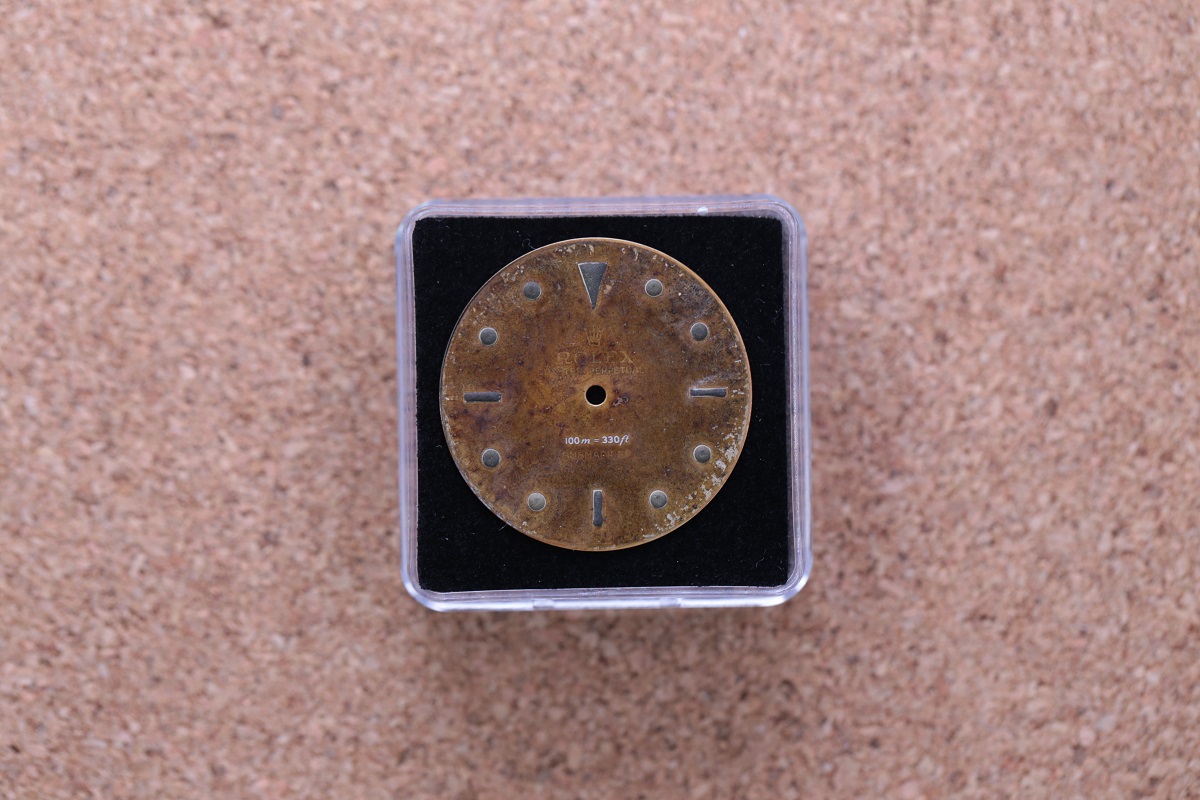
Finding an authentic and attractive vintage tropical dial watch is not easy. In my experience only three to four out of every 100 vintage watches will have “tropical dial aged elements.” Among those only one in 1,000 is a true gem that has aged in a very attractive way. It is the same thing as trying to seek a flawless diamond. Getting into a vintage tropical dial watch is both expensive and potentially frightening. You really need to know what you are looking at and whether it is both authentic and in solid condition. The rarity and beauty of tropical dial watches will no doubt make them popular with elite timepiece collectors for many years to come. Just don’t expect today’s watches to be tomorrow’s future tropical dials because colors used in watches today are far too stable and persistent.
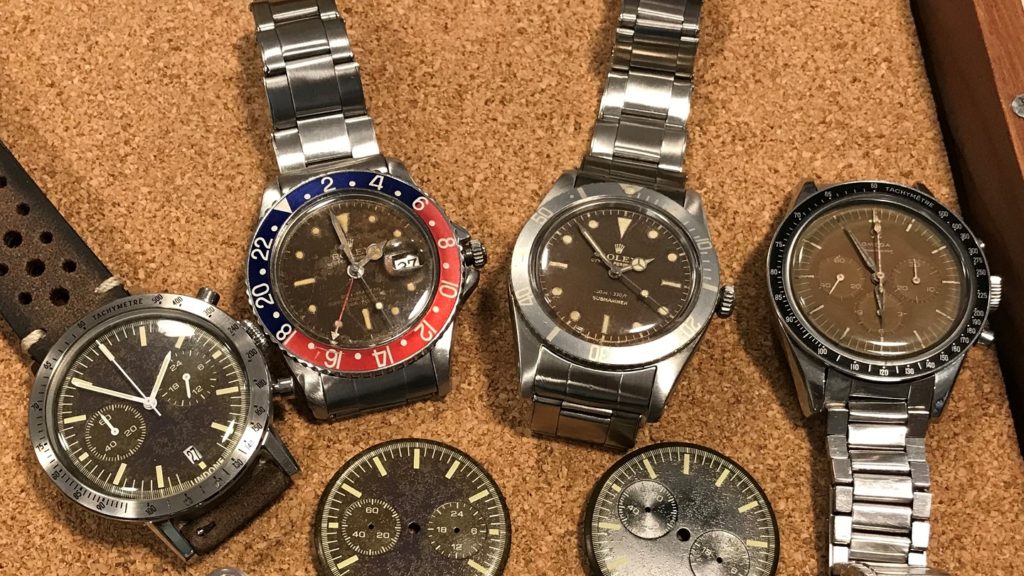
A better option in my opinion for new watch lovers seeking the aesthetic of a vintage watch with a patina is to look for products carefully designed to emulate the iconic look. At UNDONE we’ve done just that and I look forward to presenting you with our take on the classic tropical dial sport watch soon. classicwatchrepair.com

